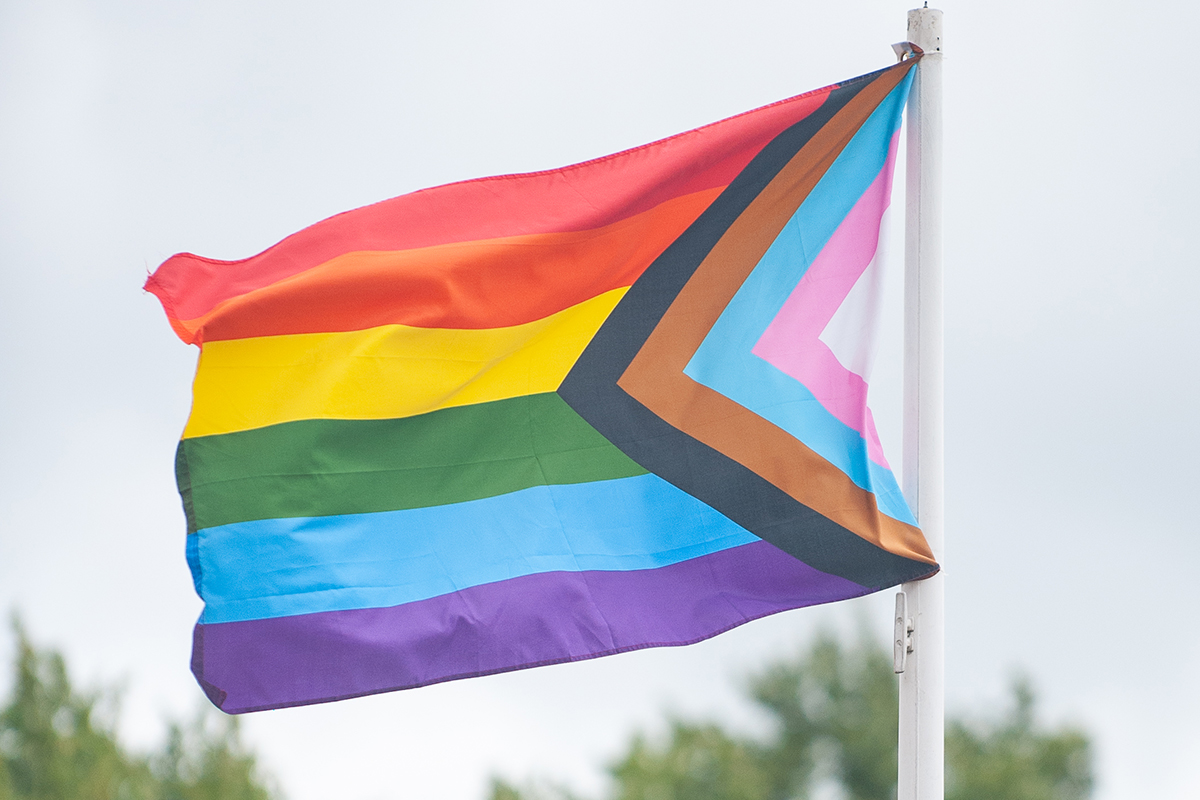Black girls face higher rates of discipline and more severe punishments than girls from other racial backgrounds for the same infractions, according to a report released Sept. 19 by the federal Government Accountability Office (GAO).
A first-of-its-kind snapshot of the disciplinary disparities that Black girls face in public schools across the country, the report found Black girls had the highest rates of exclusionary discipline — suspensions, expulsions, etc. — and in 36 states during the 2017–18 school year, accounted for nearly half of these punishments despite only making up 15 percent of girls enrolled in public schools.
Specifically, Black girls received such exclusionary discipline at rates 3 to 5.2 times those of white girls, accounting for 45 percent of out-of-school suspensions, 37 percent of in-school suspensions and 43 percent of expulsions for actions like defiance, disrespect and disruption.
“How students are treated in schools can profoundly influence their experiences and have a lingering effect into adulthood,” wrote Jacqueline M. Nowicki, director in GAO’s Education, Workforce, and Income Security team. “Recent federal data show that many girls are struggling across almost all measures of well-being — including substance use, experiences of violence, mental health, and suicidal thoughts and behaviors. For example, in 2021, nearly 60 percent of girls experienced persistent feelings of sadness or hopelessness. Our prior reports on discipline disparities, dress code discipline, and school policing shed light on the differential experiences of students in U.S. public schools. These reports show that girls are increasingly treated and disciplined differently than their peers, which can cause them to feel unsafe and uncomfortable at school.”
Other key findings
Other girls of color — Indigenous, multiracial and Native Hawaiian/Pacific Islander girls — were also disciplined disproportionately in some categories.
While students of color and white students misbehave at the same rate in areas of “mandatory disciplines” (e.g. alcohol or drug use, weapons offenses), disproportionality is highest when it comes to “discretionary discipline” (e.g. attitude, defiance).
Subjective infractions such as disobeying a teacher or disrupting class, which are up to individual educators’ discretion, led to disciplinary referrals for 18 percent of Black girls and 16 percent of Indigenous girls, compared to just 9 percent of white girls.
Still, even among objective infractions like property damage or violating agreements for acceptable use of school technology that are based on defined criteria, 16 percent of Black girls and 21 percent of Indigenous girls received disciplinary referrals, compared to only 7 percent of white girls. Additionally, schools used exclusionary discipline practices for 41 percent of Black girls for incidents of this type of rule-breaking, compared to 30 percent of white girls.
The report also found Black girls with disabilities were suspended out of school at 1.7 times the rate of Black girls without disabilities, and 3.6 times the rate of white girls with disabilities. Punishments grew more dramatically in cases of girls who present with additional levels of diversity, such as Black girls who are also part of the LGBTQ community.
The more severe and frequent punishments have eroded school culture for Black girls, researchers found. Looking at students’ perception of safety and belonging by analyzing nationally representative survey data from the 2017, 2019 and 2022 National Crime Victimization Surveys, the GAO found that Black girls were more likely than their peers to say they don’t feel safe in schools, that they feared being attacked, and disagreed that school handled discipline fairly.
School poverty levels, the number of new teachers and the presence of a school resource officer were among the factors tied to increased discipline for girls, but the report also cited issues related specifically to adultification — the perception that Black girls are more “promiscuous” and should be more “mature” than their peers — and colorism — bias against those with darker skin — as two factors contributing to why schools discipline Black girls more frequently and more severely.





